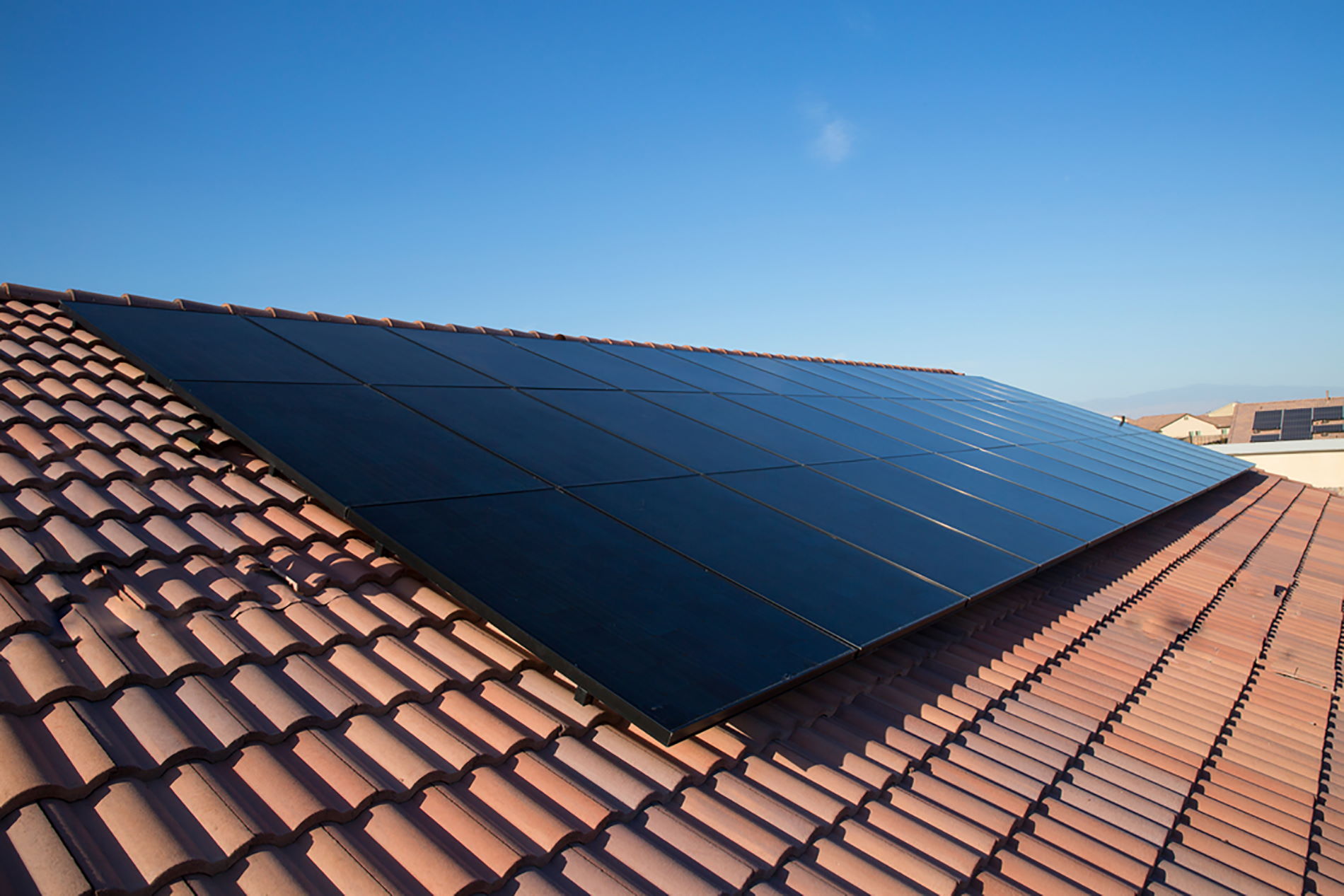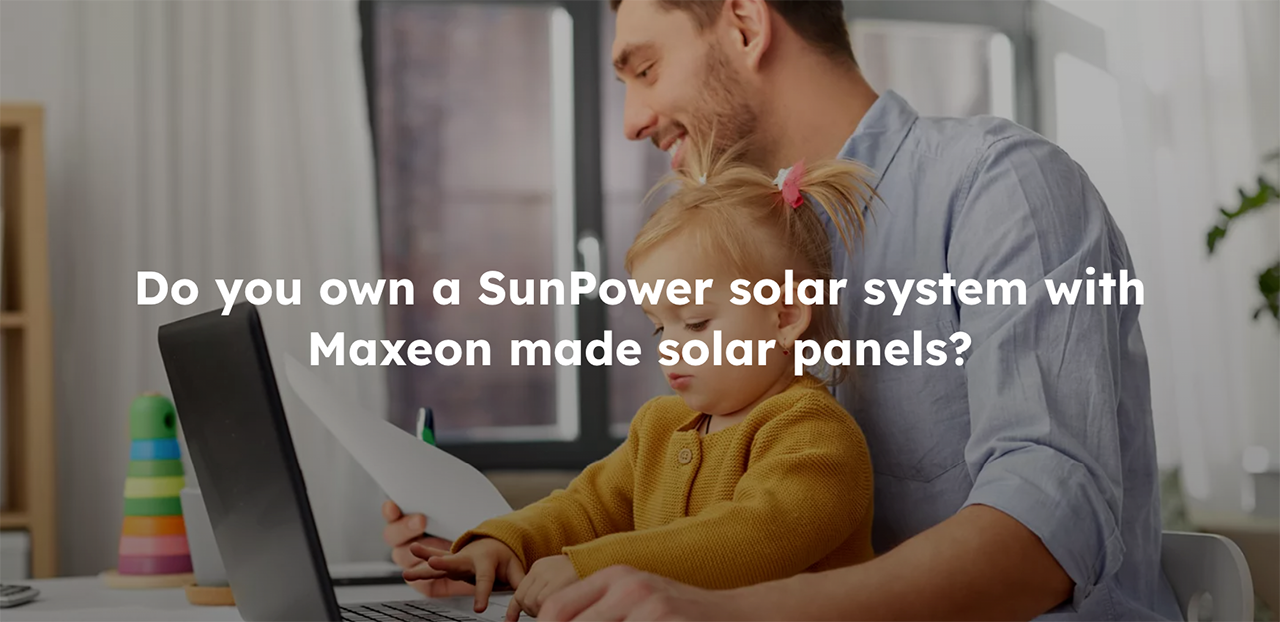So, you’re trying to gain energy independence and rely less on your power company – you are not alone! In just the last 3 years, solar installations have doubled due to common interest in clean energy alternatives and self-sufficient energy solutions. That is the fastest growth this industry has seen over the last 40 years! The majority of us are not going to purchase and install solar panels ourselves, so what’s the best way to get started and how much will it cost?
Cost Per Watt
Systems are designed to supplement or completely replace current power sources for residential customers. For a solar installation, the first thing that has to been completed is a simple analysis of your electric bill and power usage to determine the size of the solar panel system. The average cost per watt installed in the United States varies significantly by state, customer type and system size. Median prices can range from $3.2/W to $4.5/W, according to Berkeley Lab’s Tracking the Sun report. The good news is that prices have dropped significantly, declining 61 percent since 2010, according to National Renewable Energy Laboratory (NREL).
How do you determine your solar panel costs?
Solar panel installation costs depend on multiple factors, including:
- Whether your state or local government provides tax credits, net metering or other incentives
- How you finance your system (e.g. lease, finance or purchase)
- The size and other characteristics of your particular roof
- How much energy you use
- The quality of your chosen solar panel technology
- The cost of solar panels in your area
Yes, you can probably purchase a single solar panel for as little as $100, but a solar panel does not operate on its own. Solar systems need both hardware and software to generate electricity from the sun, including solar panels, mounting hardware, wires and cables, inverters and monitoring software. Additionally, you’ll need to consider the cost of installation and operation.
State and Local Rebates
Once you get an estimate for the cost of your solar power system, you can subtract what you’ll save on your utility bill over time and any incentives offered by your local or state governments. These numbers provide a more concrete understanding of how going solar will change your financial dependence on your power company.
There are many different tax incentives and financing solutions at the state and local levels that can make going solar more affordable. To see if you might be eligible for renewable energy incentive programs, visit the Database of State Incentives for Renewables & Efficiency (DSIRE). Just recently the state of Massachusetts announced a $2.3 million rebate program, and many other states offer similar incentives.
In Connecticut, if you purchase your solar system through a loan or cash option you may be eligible for the solar income tax credit. This credit allows you to deduct 30% of the cost of installing a solar energy system from your federal taxes. The full solar income tax credit is available to residential solar owners through 2019 – it drops to a 26% deduction in 2020 and 22% percent in 2021. After that, the solar tax credit will expire. Now is the best time to start looking at solar options and how going solar can work for you.
SunPower Systems Offer More Savings
At SAVKAT Solar, we only install SunPower panels and systems because while building a business we are also building relationships. They build an incredible product and stand behind it with the industry leading warranty. You can always find less expensive systems, however, “you get what you pay for” definitely applies to home solar technology. Not all solar systems and panels are alike. The durability, reliability and efficiency of solar panels vary widely by manufacturer, and if you settle for a conventional system that might cost less out-of-pocket, you can expect to see below average results and less savings over time.
A higher quality panel like SunPower’s shows a higher return on investment in the long run. SunPower panels come with a 25-year Complete Confidence warranty and have a useful life of 40 years. They’re also the most efficient panel system on the market, so you’ll need fewer panels on your roof. SunPower panels produce 60 percent more energy than conventional panels, ultimately saving you more money on your electric bill.
Industry measurements such as the Fraunhofer Center for Sustainable Energy Systems’ PV Durability Initiative can give you an accurate idea of solar panel expected and lifetime value.
Are you ready? To find out how you can go solar and become less energy dependent, request a free quote from us at SAVKAT Solar.




